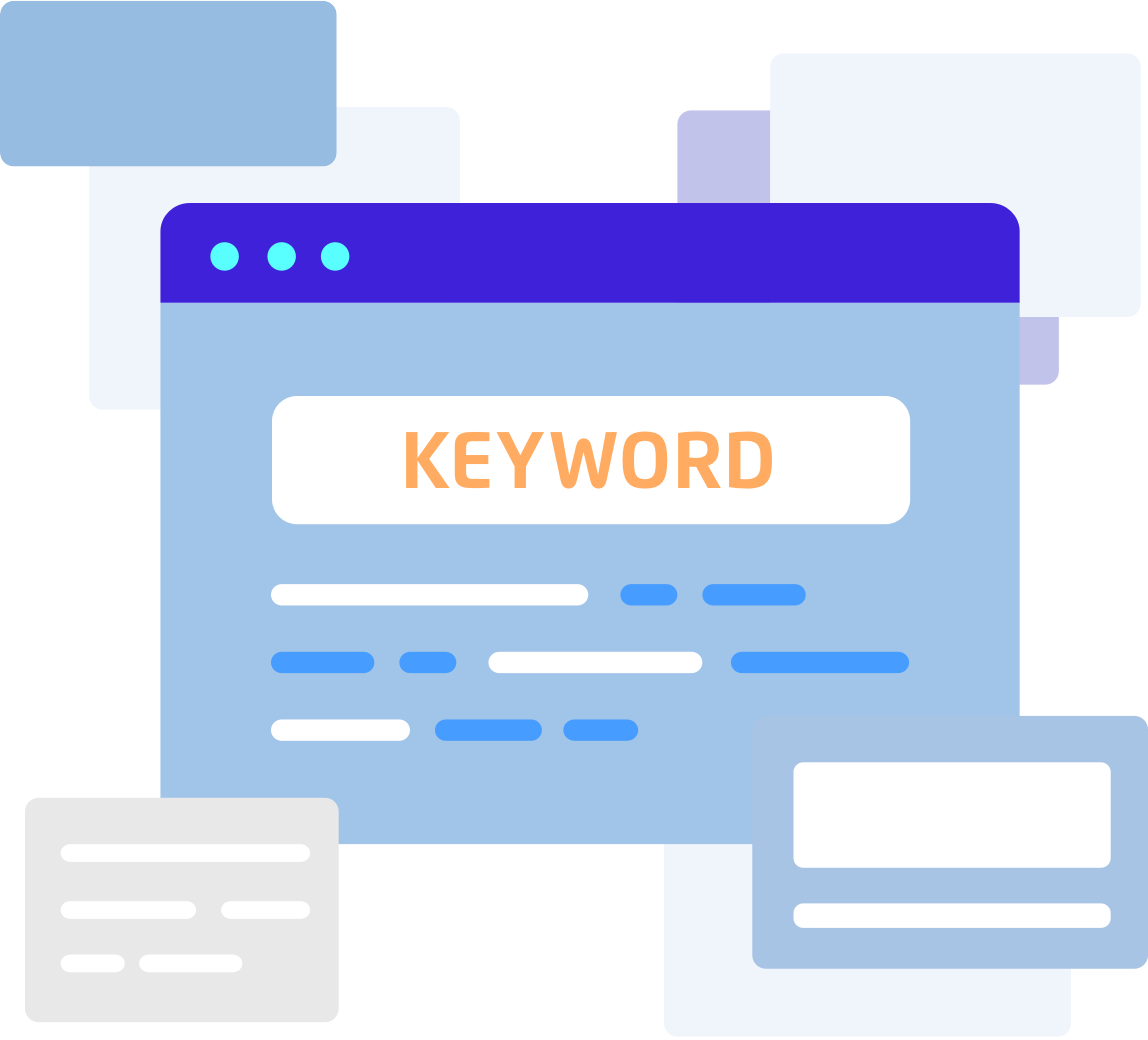Website copy can be the most deceptive form of writing out there. Considering B2B is all about providing services or products, getting your tone and language right is top priority. As copywriters will know, simple or short-form writing styles can be the hardest to execute effectively.
Your goal with website copy is to communicate exactly what your customers need, and also capture the voice of your business. There’s nothing more frustrating than filtering through endless landing pages of babbling content when you really just need a to-the-point product description and an appointment booking option.
This is where we have to strike a balance between distinguishing language and tone, and the practicality of being a website user. According to TechJury, “52% of buyers are more inclined to purchase from vendors after reading their content.” This places even more emphasis on getting your web copy right – although it isn’t the same as blogs or social media posts, effective web copy can be the difference between a closed deal and a regular trend of bounce-rates.
Get Your Tone Right:
You need to tell a story – every customer comes to your business wanting to solve a problem they’re facing. This should be at the heart of your website copy – how do you make them feel understood and prioritised?
A lot of this begins with inclusive language and doing your research into your target audience. Consider what it is you’re selling. In the B2B sphere, a lot of customers are coming to your website looking for technical and digital solutions for challenges that prevent them from getting maximum sales.
Let’s say you’re selling software – it’s likely that your clients need to know exactly what product is going to suit their needs and their budget. Provide them with an expandable graph of features. If you can’t describe each feature in a sentence (and perhaps provide the option to learn more if their interest piques), then customers will easily click away in favour of a solution that appears more upfront. Consider this: “67% of B2B buyers find product specifications and functionality useful.”
Don’t Treat Your Website as a Walking Advertisement:
Look, in plain terms, we don’t want to give off that ‘Do you struggle with clogged sales funnels and low ROI?’, as-seen-on-tv tonal choices. Depending on the product/solution, your potential may see this is as insincere and even as click-bait for product advertising. The above website copy example only answers one of the required ingredients of effective website copy: identifying a customer’s pain point. It doesn’t meet the standard for capturing a genuine and personable tone. According to Forbes, B2B customers are beginning to rely “more on the internet than salespeople” which means that your website is the initial sales tool for all customers to respond to.
Make Your Call-to-Actions (CTAs) Worthwhile
Pop-up CTAs can overwhelm the outlay of your website and even deter potential clients from contacting you. The overload of options on the screen takes away from your actual content, or distracts from simple website features. As for the CTAs, only choose one per landing page – too many and you risk confusing your potential client. Let’s say one of your productivity management tools offers a free trial for its premium edition; an effective CTA for this might be ‘Start For Free‘ – notice how it still captures the message, but it’s not as boring as ‘Begin Your Free Trial Today.’
The Golden Rule: Place Your Customer and Their Needs Central
No matter what, your language needs to speak directly to your customer and their pain points. According to CEO World, “When making B2B purchase decisions, Millennials (aged 26–41) want a personalized shopping experience similar to what B2C provides.” This extends to how people feel when they read your website copy – it should place them front and centre. You can use automated conversational marketing and data management tools like Drift or Databox for easy audience data analysis. The rule of putting your customer first in your copy is so simple to apply, even on a sentence scale.
Compare:
‘We are passionate about growing your ROI and helping you make better budget decisions’
with
‘Grow your ROI and invest your software budget where it counts with our automated Purchase Order management product.’
Notice how the latter uses the pronoun ‘you’ to put the customer’s needs before your advertising pitch?
In 2023, “Website development is the number one area of marketing spend, leading with 51%.” You can write your own copy, but if you don’t have the time to do it, the option of outsourcing a professional is going to help elevate your website into an authentic representation of what you can do for your customers.
The number one piece of advice that informs the way we write copy for websites is: Write your website copy like you have to pay for every single word you include. The delete key on your keyboard is your friend! If you’re getting a professional to write for you, ensure that they are up to scratch with their researching habits – they should be looking at what’s working for your competitors, and what isn’t.This way, they can build your website copy around the identity of your brand and what the buyer personas of your customers are. Most of your clients are already informed about the mechanics of generating sales and know what challenges they’re facing, so there’s no need to over-explain. Remember that your copy should honour the professionals who are going to be purchasing from you, and their business needs.
